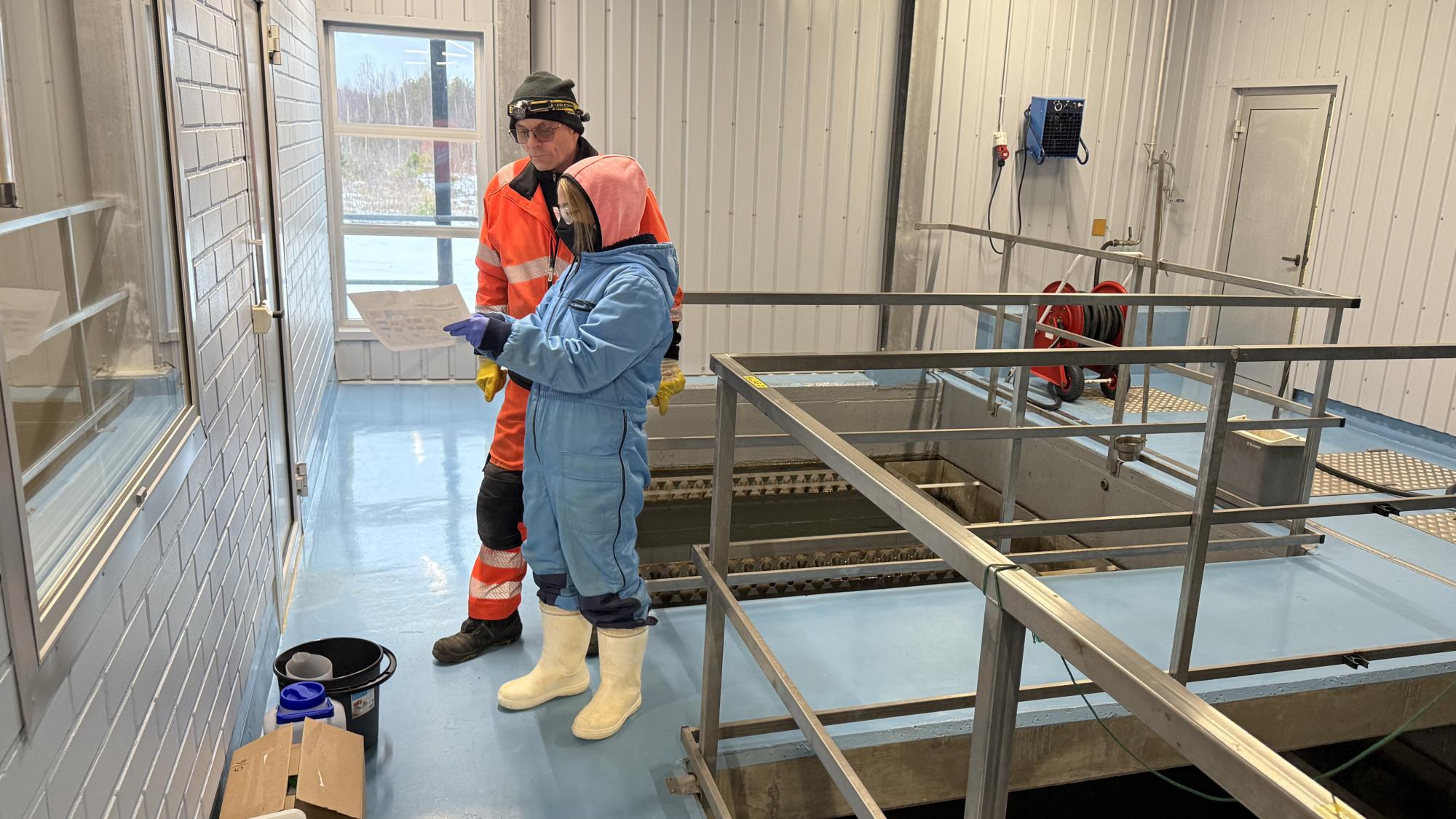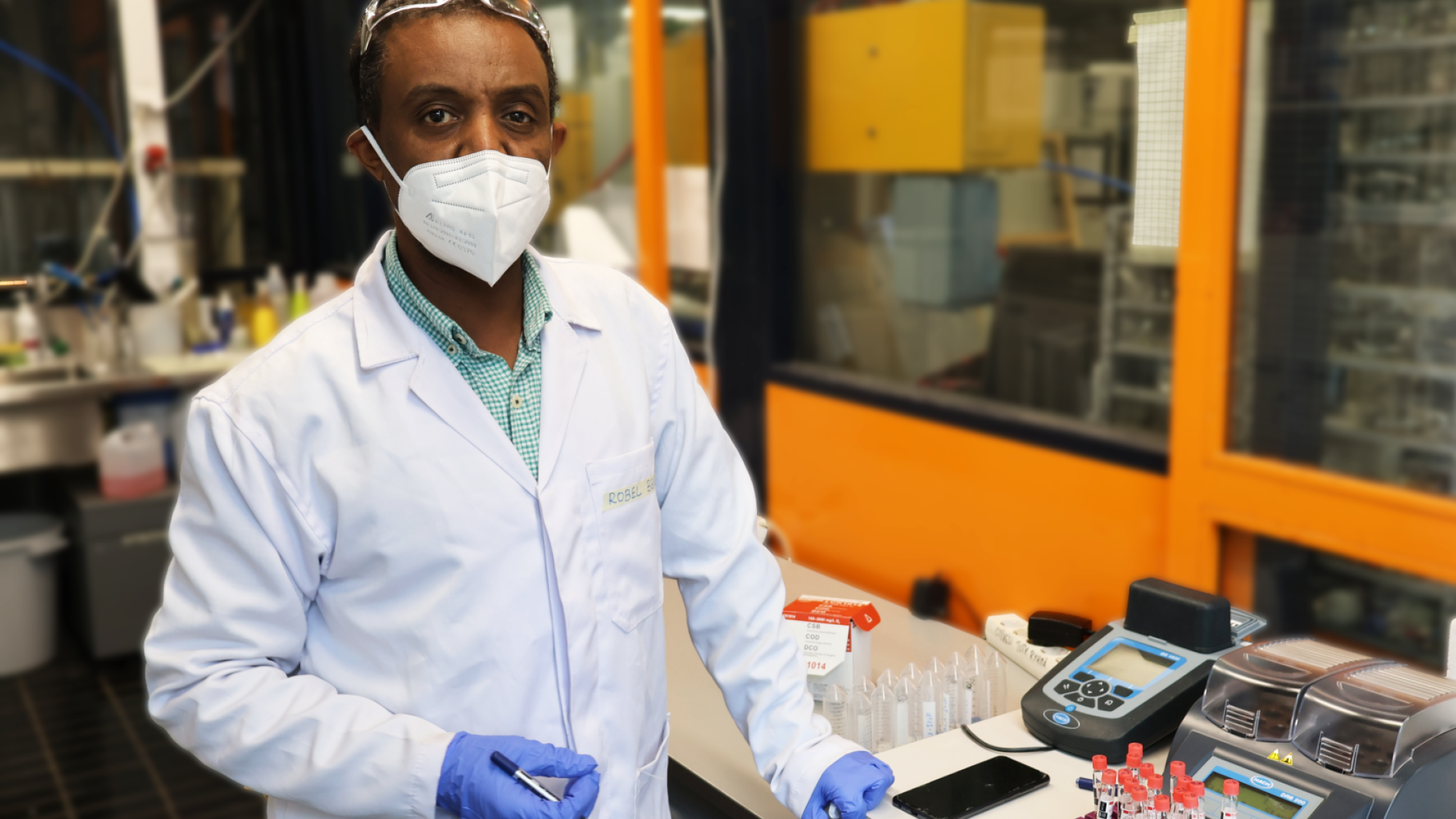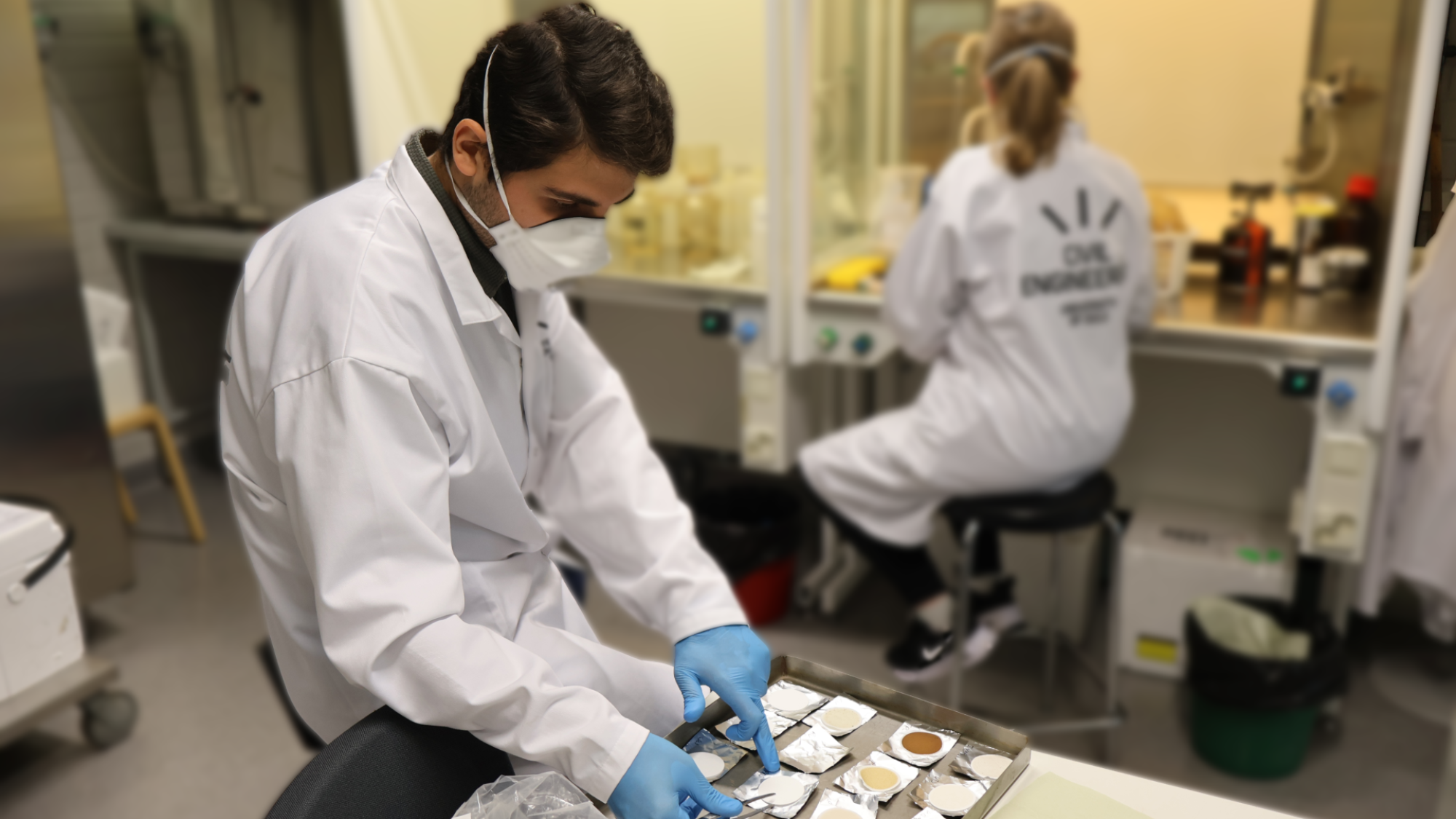Research at the University of Oulu tackles micropollutants and antimicrobial resistance challenges

The wastewater samples are part of studies examining the generation of critical data on the occurrence of micropollutants and antimicrobial resistance (AMR) in Finnish wastewater and the effectiveness of current treatment processes in handling these contaminants. The AMR research analyzes antibiotic residues and antibiotic-resistant bacteria in wastewater. The samples were collected by wastewater treatment operators themselves as a joint effort.
The revised Urban Wastewater Directive from the European Union came into force at the beginning of the year 2025. The directive tightens the requirements for the treatment of urban wastewater. In the future, depending on the wastewater treatment plant size, specific micropollutants must also be removed from wastewater, energy efficiency requirements will be set for treatment plants, and resource circularity will be advanced.
The activities linked to sample collection, analysis, and assessment are part of ArcticSewlutions and SanMic projects. The ArcticSewlutions project aims to investigate different decentralized wastewater management solutions in variable conditions in sparsely populated regions of Finland, Greenland, Iceland, and Sweden. The project hopes to contribute to enhancing wastewater management in a changing climate and variable geographic conditions for the resilience and health of communities. The project is led by Associate Professor Pekka Rossi.
Meanwhile, the SanMic project is led by Senior Research Fellow Elisangela Heiderscheidt. The project focuses on centralized, larger treatment plants, which are the ones most affected by the revisions to the EU Directive. The project goal is to produce critical data and knowledge about the occurrence and removal of micropollutants in Finnish wastewater treatment plants. In addition, the project aims to produce information on the possible effects of the processes that are used and seasonal dynamics on treatment efficiency.
Initial sample handling and Micropollutant analysis

Upon receiving the samples, researchers from Rossi’s research group, Water Supply and Wastewater Engineering, conducted sample preparation for micropollutant and AMR investigations, followed by conventional water quality analyses. Micropollutant analysis will be done by a certified external laboratory, with the first results arriving during winter. AMR analysis will be carried out by post-doctoral researcher Jacqueline Malazarte in collaboration with the Technical University of Denmark (DTU).
“Sample treatment and DNA extraction are being conducted at the University of Oulu, and these will be transported later to DTU,” says Malazarte. In DTU, Malazarte will finalize the AMR study as a visiting researcher in early winter 2025. She will use a special lab test called PCR (polymerase chain reaction) to measure how much antibiotic resistance is present in the samples.
Conventional Water Quality Analysis
Conventional water quality analyses include measurements of various parameters (organic, nutrient, and solid content) and filtration. These were performed by the doctoral researchers Javad Shafiee Neyestanak and Robel Bekele with the help of master’s student Reetta Siikaluoma.
“Sometimes the work is time-consuming due to the nature of the samples. Filtering one sample can take as long as eight hours, even using vacuum-assisted filtration devices”, reports Neyestanak and Bekele.

What to expect from the sample analysis?
The outcome of the ongoing work will have both scientific and societal impacts. The research group is committed to delivering an overview of the status of wastewater treatment in Finland regarding the occurrence and removal of emerging contaminants. In addition, the goal is to produce recommendations for further actions by different stakeholders, but in particular, for the treatment of plant operators. The deliverables can then be used by the plants in the development of their treatment processes to guarantee better water quality that aligns with the new urban Wastewater Directive.